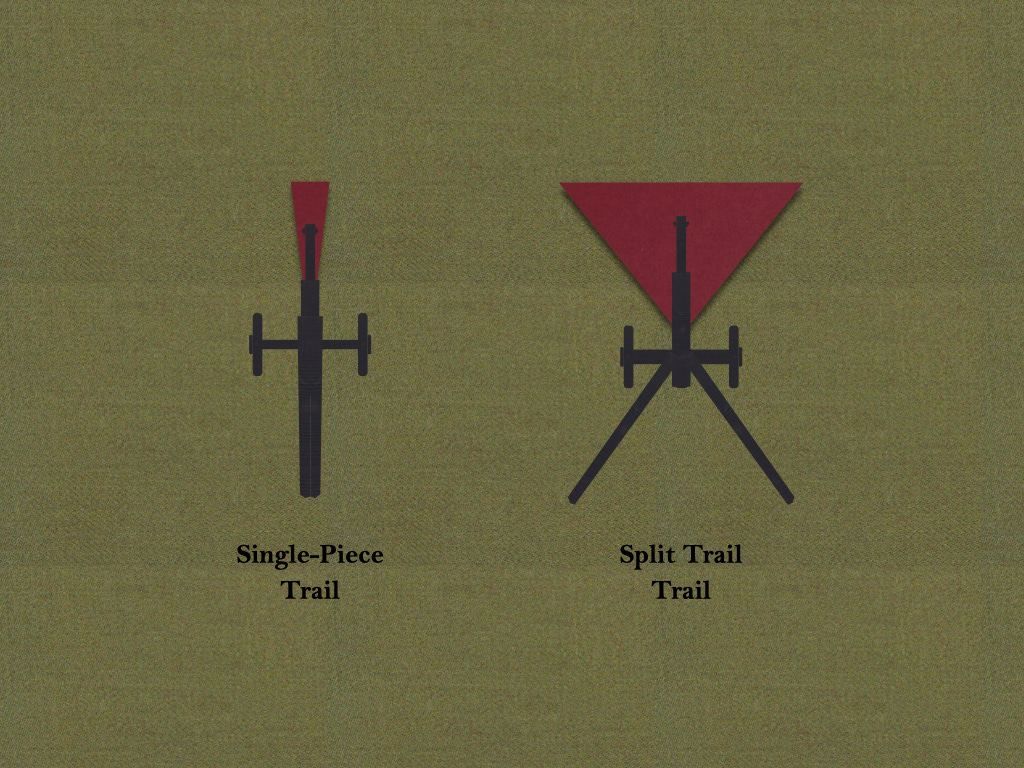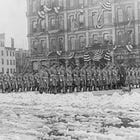75mm Guns of the Marine Infantry Regiment (1942)
A peek behind the scenes of our research and writing
In the course of editing the manuscript of Battalion: An Organizational Study of United States Infantry, I came across a passage that stated that the towed 75mm guns assigned to the weapons company of the Marine Infantry Regiment by the establishments of 28 March 1941 could shoot further than the weapons of the field artillery regiment assigned to each Marine infantry division of the day. (The latter pieces were the 75mm pack howitzer, the 105mm howitzer, and the 155mm howitzer.)
In the course of doing my due diligence, I came to the conclusion that, while the 75mm gun could outrange the 75mm pack howitzer and the 155mm howitzer, the newest weapon in the arsenal of Marine field artillery, the 105mm howitzer (M2), might have enjoyed a slight advantage over the 75mm gun in the realm of reach.1
This fact-checking lead me to the question of the model of towed 75mm gun employed by the weapons companies of Marine infantry regiments of 1941 and 1942. I had presumed that the 75mm guns in question were mounted on one of the many kinds of split-trail carriages developed in the interwar period. However, Reference Data, a handbook published by the Marine Corps Schools in Quantico in 1943, indicates that the “traverse permitted by carriage” of the 75mm gun was only six degrees. As the various split trail carriages permitted the piece to move its barrel some forty-five degrees to the left and the right, this suggests that the guns in question were mounted on carriages with old-fashioned single-piece trails.
I draw several lessons from this experience. The first is the difficulty of finding definitive information about the US Marine Corps of the months leading up to the landing on Guadalcanal. (Note that, as someone who lives within a bowshot of the Library of the Marine Corps and the Archives of the Historical Division of the Marine Corps University, I enjoy considerable advantages when it comes to such research.) The second is the enormous variety of 75mm pieces introduced into the American inventory in the years between 1917 and 1940.
For Further Reading:
The figures for all pieces save the 105mm howitzer came from a table in Reference Data, a handbook for students published by the Marine Corps Schools in Quantico in 1943. Strange to say, I could not find a contemporary source that provided the maximum effective range for the 105mm howitzer. Thus, I made use of the closest thing I could find, a reproduction of an article originally published on 1 June 1944 in a journal or handbook I have yet to identify. The reproduction, which was illustrated by a photo that (judging from the clothing worn by civilians in the background) seems to have been made in the 1970s, can be found on the website of the 70th Infantry Division Association.










Pretty interesting!
I always thought a modernized 75mm howitzer and M119 105mm howitzers would make more sense for Marine fire support; especially within MEUs. Lighter, more agility and mobility, easier logistics with less of a footprint, etc.
What do you think?